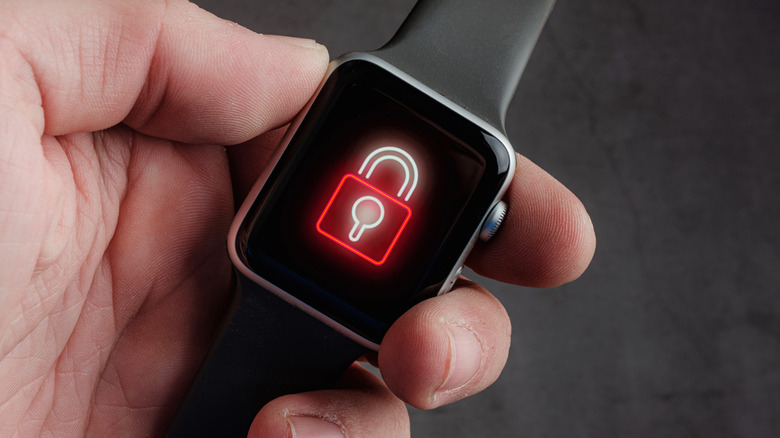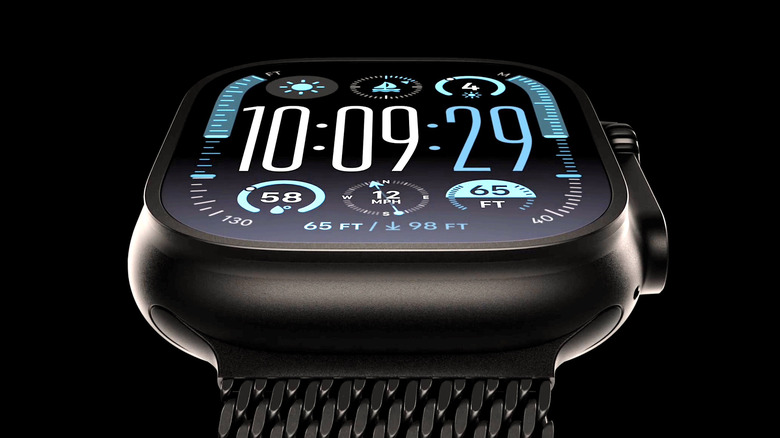Why Your Apple Watch Keeps Locking (And How To Fix It)
It's almost hard to believe, but the Apple Watch has been a fixture in the world's wearable tech scene for almost a decade now. As is the case with every Apple-branded device that's been in the mix for such a lengthy period, the company's smartwatch has received numerous upgrades over the years, both to its operating system and its overall look and design, as evinced in the new and SlashGear-approved Apple Watch Series 10.
In terms of Apple Watch's relatively brief run in the tech outfit's iconic lineup of devices, the wearable has indeed seen multiple OS updates, as manufacturers like Apple frequently look to fine-tune operating systems that run such devices. Among the few system features that have remained largely unchanged since the Apple Watch debuted is its automatic locking mechanism, which can indeed be frustrating for users who don't fully understand how it works.
As with an iPhone or iPad, Apple Watches are equipped with an auto-locking touchscreen, which is essentially just a simple security measure designed to ensure that your device cannot be used by any stranger that wanders by when you're not wearing it. But auto-locking features can be particularly frustrating for owners who don't always use their device on their wrist. If you're wondering why your Apple Watch keeps locking when not in use, it's because they are designed to lock whenever you aren't wearing them. Here's how to change the device's auto-lock settings.
Adjusting auto-lock on Apple Watch
Your Apple Watch automatically locks when it's not on your wrist thanks to the device's default security setting, which is triggered when the built-in wrist detection feature disengages from your person. Frankly, it's a solid little security feature that we're betting many an Apple Watch owner might prefer to leave active. However, if you regularly remove your Apple Watch for use, it can no doubt be a frustrating feature to navigate on the fly. The good news is you can change the wrist detection settings on your Apple Watch to ensure it doesn't lock up the moment it leaves your wrist. Follow these steps to change those settings.
- Wake or unlock your Apple Watch.
- Open the Settings app on the device.
- Find and tap Passcode in Settings.
- In Passcode, find Wrist Detection and turn it off.
Turning off wrist detection will directly affect the functionality of several other apps on your Apple Watch, including Apple Pay and Activity. It will also disengage health features like heart rate tracking and the safety measure that auto-dials emergency services when it detects a hard fall.
So, please consider those facts before you turn off the wrist detection feature. Perhaps more importantly, your Apple Watch will not lock on its own when the feature is disengaged. That means you'll need to remember to lock the screen manually when it isn't in use. You can do so by tapping the side button on your device to launch Control Center and clicking the lock icon, which is just one of many tips that every Apple Watch owner should know.

